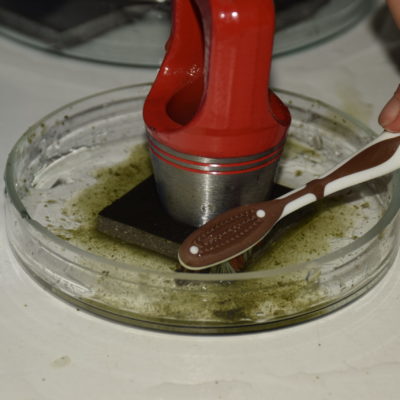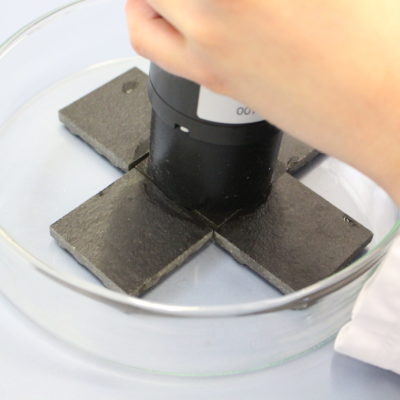gaiac has extensive experience in conducting acute and chronic effect studies with aquatic non-standard organisms, also under GLP. In this context, we offer both single species evaluations with peak or contant exposure scenarios, as well as SSD (Species Sensitivity Distribution) studies. These tests can be carried out at standard temperature, but also for different temperature ranges.
Acute tests with non-standard invertebrates
We have experience in conducting acute tests (e.g. 48 h, 96 h) for various zooplankton organisms and macroinvertebrates:
Insects
- Mayflies (e.g. Habrophlebia lauta, Serratella ignita, Cloeon dipterum, Habroleptoides confusa)
- Caddisflies (e.g. Hydropsyche siltalai, Sericostoma spec. )
- Stoneflies (e.g. Leuctra spec., Siphonoperla spec.)
- Phantom midges ( Chaoborus crystallinus)
- Water bugs (e.g. Notonecta spec.)
Crustaceans
- Aquatic isopods (Asellus aquaticus)
- Amphipods (e.g. Gammarus pulex, Crangonyx pseudogracillis)
- Cladocerans (e.g. Chydorus sphaericus, Daphnia longispina)
Chronic tests for lethal effects
To investigate longer-term lethal effects, we successfully established test procedures with mayflies (e.g. Habrophlebia lauta, Cloeon dipterum) over at least 21 days.
Chronic tests with sublethal endpoints
Currently, we have developed test protocols to investigate the feeding rate and the developmental rate of Cloeon dipterum, which are currently in a test phase.






